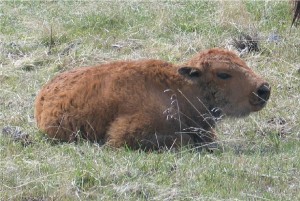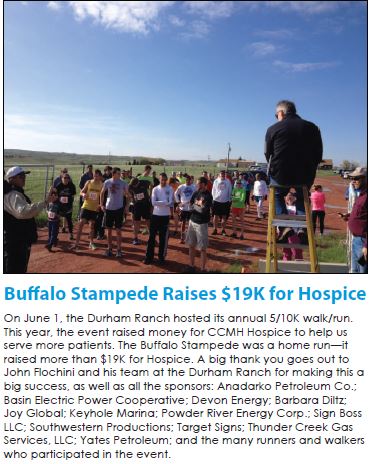Source: Nielson
Diversifying palates and a focus on health in North America are driving increased demand for a range of atypical meats at the dinner table, introducing an element of adventure along the way.

In the year ended June 29, 2012, sales of not-so-typical meats like buffalo, venison, duck and various offals (organ meats) grew an average of 6 percent in the U.S. and rang up more than $350 million in combined sales.
As Americans continue to focus on health and gain experience with exotic meats in restaurants—where most trendy foods get their start—the upward sales growth is staged to continue. By focusing on health-minded consumer demands and an understanding of regional, seasonal and cultural preferences, retailers can take charge as exotic meat market leaders.
HEALTHY ALTERNATIVES FOR HIGH SOCIETY
Health is a big driver of recent sales trends, as many consumers perceive exotic meats to be healthier protein options than traditional meats. According to a recent Nielsen study, couples and families with healthy lifestyles, as well as natural/organic households, purchase buffalo, venison and duck most, and these households tend to be affluent. Their exotic cuts of choice most often include ground venison and buffalo, buffalo steaks, venison medallions and tenderloins, and whole ducks.
Preferences for exotic proteins also appear to be migrating geographically. Buffalo had the greatest dollar sales in the western U.S. in 2012, but is now showing high growth in all regions except the East, where venison is more popular. A decline in buffalo distribution in the East, where venison had almost twice as many impressions (count of unique items selling) than other regions in 2012, has contributed to the trend.
Click here to read the Full Story



